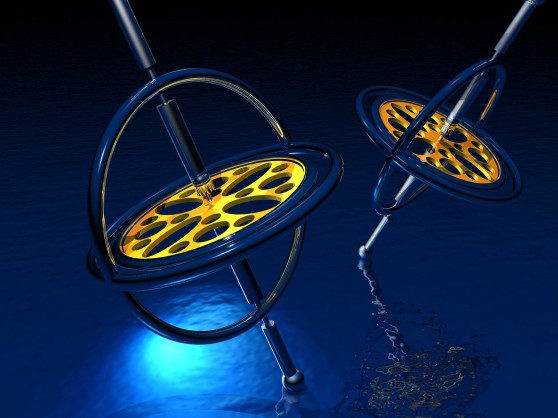Gyroscope is smaller, performs better while consuming less
December 12, 2017
on
on
In some products circuit board real estate is extremely limited and every square millimetre that can be freed up is valuable. Smartphones are an example of such products, which is why the new L20G20IS 2-axis gyroscope from STMicroelectronics, targeted at smartphone camera stabilizer applications, is a great leap forward: it liberates a whopping 1.29 square millimetre compared to its predecessor L2G2IS.

Gyroscopes are not only required to correct your shaky hands when you take a photograph, they must also correct for deformations of the substrate on which they are mounted. Because these substrates are very thin, typically only 0.2 mm or 0.3 mm, they tend to deform when the smartphone moves. A precise gyroscope can help fix this.
Overall noise performance is also significantly enhanced, with rate noise density (RND) of 3.8 mdps/√Hz, configurable phase delay down to 1° at 20 Hz, and typical ZRL of ±5 dps, all contributing to crisper photos from smartphone cameras. The integrated temperature sensor helps users capture sharp images even with long exposure times.

Make smartphones thinner
The new gyroscope is a tiny square of 2.0 mm x 2.0 mm, occupying about 25% less surface than its bulky 2.3 mm x 2.3 mm forefather. The objective here is to help shrink camera-module size even more so future smartphones can be thinner and flatter, and without those ugly camera bumps.Gyroscopes are not only required to correct your shaky hands when you take a photograph, they must also correct for deformations of the substrate on which they are mounted. Because these substrates are very thin, typically only 0.2 mm or 0.3 mm, they tend to deform when the smartphone moves. A precise gyroscope can help fix this.
New gyroscope's overal performance is better
Not only is the new device smaller than its predecessor, it also boots 30% faster (in less than 70 ms), while consuming only half the current (1.4 mA, now you know what drains your smartphone’s battery).Overall noise performance is also significantly enhanced, with rate noise density (RND) of 3.8 mdps/√Hz, configurable phase delay down to 1° at 20 Hz, and typical ZRL of ±5 dps, all contributing to crisper photos from smartphone cameras. The integrated temperature sensor helps users capture sharp images even with long exposure times.
Read full article
Hide full article



Discussion (0 comments)